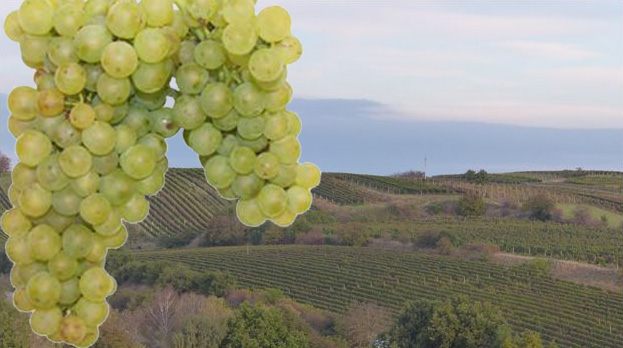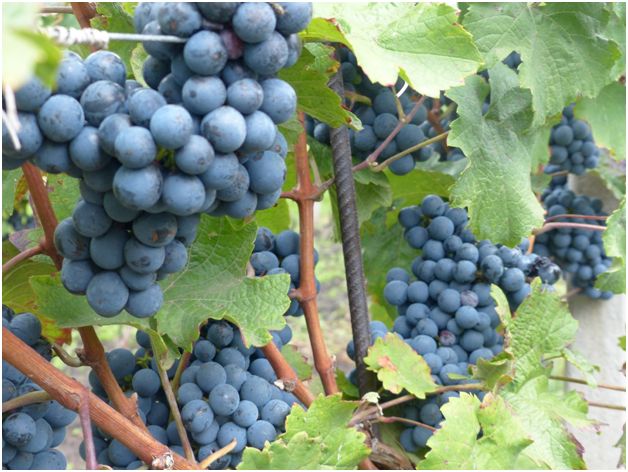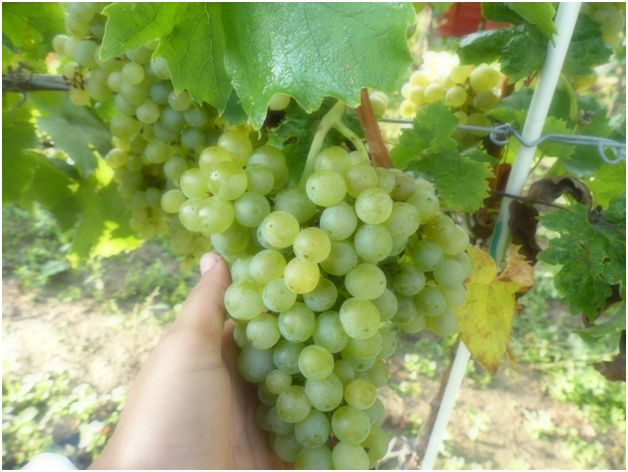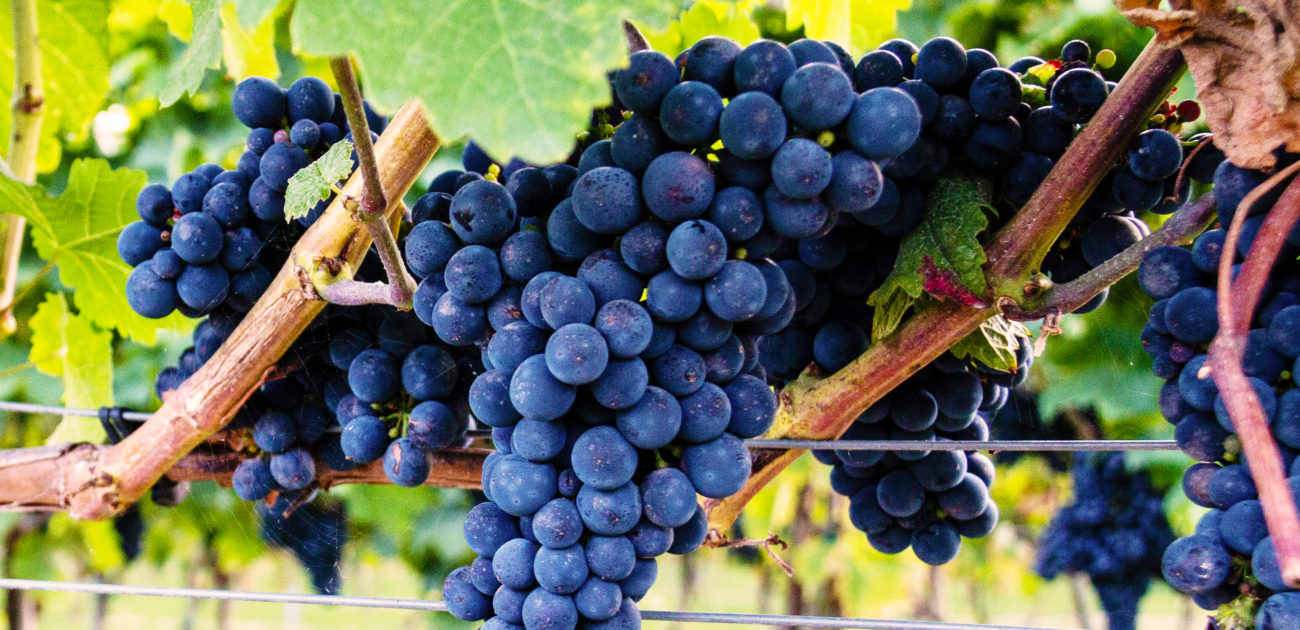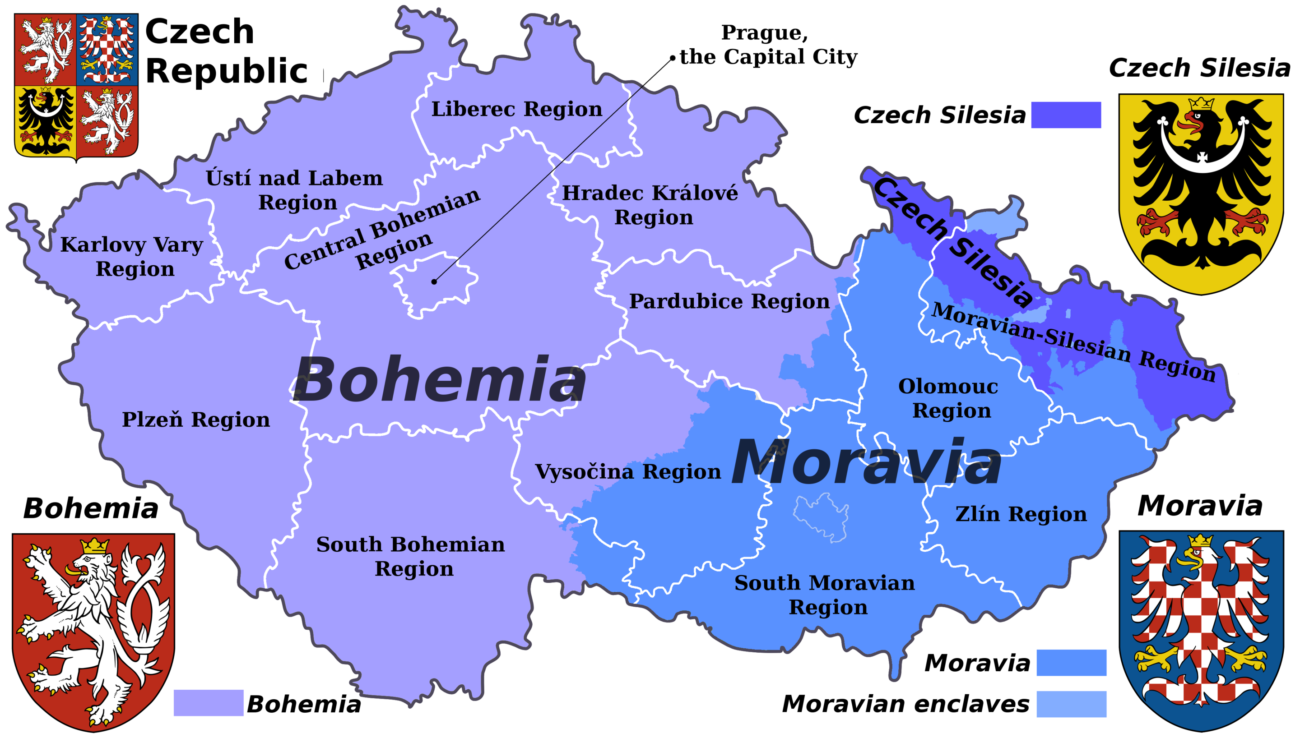By Veronika Wills
If you like dry Roses with low alcohol and yet with a bit of structure, chewiness, and body, you will fall in love with Moravian Rose made from 100% Blaufrankisch grape.
Blaufrankisch is a noble grape variety from Central Europe, most likely originating in Austria where it is now the most highly regarded black grape variety. In the US, an alternative name for this deep blue-colored grape is Lemberger.
South Moravia is the most northern location in Europe where Blaufrankisch (locally called Frankovka) thrives. Although Frankovka is a bit temperamental to growing, it has become the second widely planted black grape in Moravia (spanning across 7% of Moravian vineyards). If it gets an ample amount of sunshine and warmth, the grapes look this beautiful and healthy as shown in the picture from Spevak Estate taken in mid-October 2020. These are the very grapes that are in the bottle, these are the grapes that you will enjoy in your glass. Traceability at its finest!
Made from Kabinett grapes by Spevak winery

As you can see on the pictures, the leaves of Blaufrankisch are fairly large, thick, and dark green. The bunches are large as well with dark blue medium-sized grapes. Its parentage can be traced back to Blauer Zimmerttraube and Weisser Heunisch. Since Frankovka is so highly demanding of its vineyards sites, it requires expert viticultural skills which Frantisek Spevak, the founder of Spevak Winery, certainly has. His grandparents were already growing Frankovka. Frankovka is early budding which makes it prone to suffer from spring frosts. And it is also late ripening which means that it really needs an extended period in the vineyard for the grapes to achieve their full-sugar and phenolic ripeness.
It requires expert viticultural skills which Frantisek Spevak, the founder of Spevak Winery, certainly has
This extra exposure increases the chances of grapes or vine damage as a result of weather hazards and disease pressure, but Frantisek and his sons have many tricks up their sleeves to ensure that at harvest. Just look at the pictures, Frankovka grapes look this beautiful!
According to David Spevak, their goal is balanced and sustainable management of their vineyards. One of the pillars of this philosophy is careful consideration of the right clone for the right location, shoot positioning, and canopy management. Planting cover crops and orchards which intertwine between the vineyards, mulching and composting, using beneficial insects – all these strategies support the development of a unique ecosystem consisting of rich soil, grass, plants, trees, bushes, and insects as shown in the picture from Spevak Estate below.
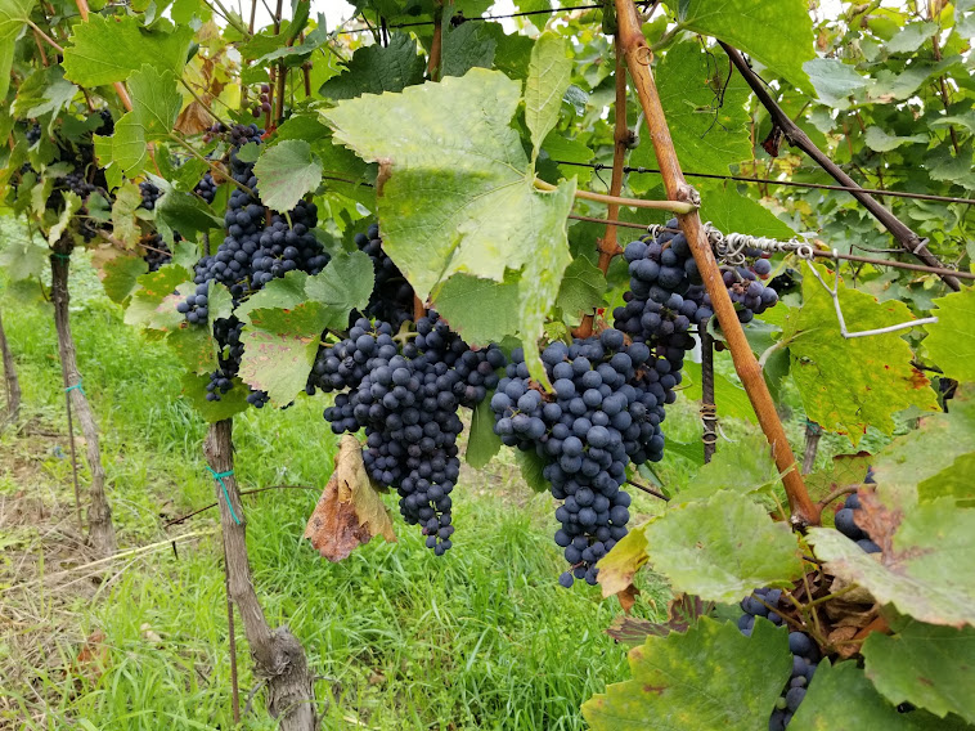
Harvested in late October 2020
Together, that creates natural protection of the vineyards which ultimately cuts back on the need for applied protective interventions while achieving healthy fruit.
Harvested in late October 2020 by many hands, the Kabinett grapes were promptly transported down to the winery for an immediate gentle de-stemming and crushing of the bunches.
What are Kabinett grapes? Kabinett is a term for describing the minimum amount of sugar (must weight) in the must which, simply put, is an indicator of the quality of the final wine. The Czech Republic uses the Germanic description for wines with predicates, where Kabinett grapes must contain at least 19 points of natural sugar. And that was the case with 2020 Frankovka.
First came a 6-hour pre-fermentation maceration allowing contact of the skins with the juice under reductive conditions in a pneumatic press, followed by gentle pressing. This process gives Frankovka such a nice solid pink color. The juice then underwent an alcoholic fermentation at low temperature with no access to oxygen in a stainless-steel tank. This process allows capturing all the cherry-like primary aroma of Frankovka that we love so much.
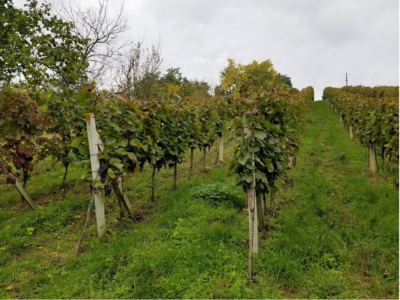
All this work is worth it as Blaufrankisch is indeed a great candidate for making Rose wines.
The chewy tannins, higher acidity, and peppery sour cherry flavor that are so typical for Frankovka (and which require extended aging on oak to soften them) are subdued in the Rose version of the same. Sour cherries turn sweet. Pepper turns into allspice. The resulting Rose wine is gorgeously structured with slight tannin providing the backbone to the wine but reeling us in with its primary fruity extract. Now Frankovka Rose can be enjoyed young or after further aging in the bottle. It is full of potential and tt is pure and clean.
We hope that you will enjoy Moravian Rose from Blaufrankisch as much as we do.
Na zdravi!
Technical data: 11.5% ABV, acidity 6.5 g/L, residual sugar 10.5 g/L
Discover Blaufrankisch, a superior wine from Kabinett grapes.







